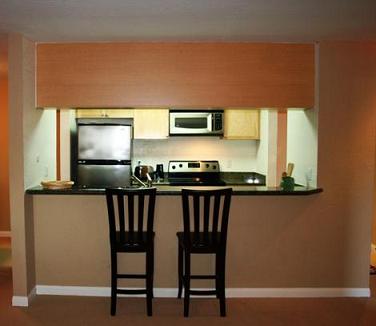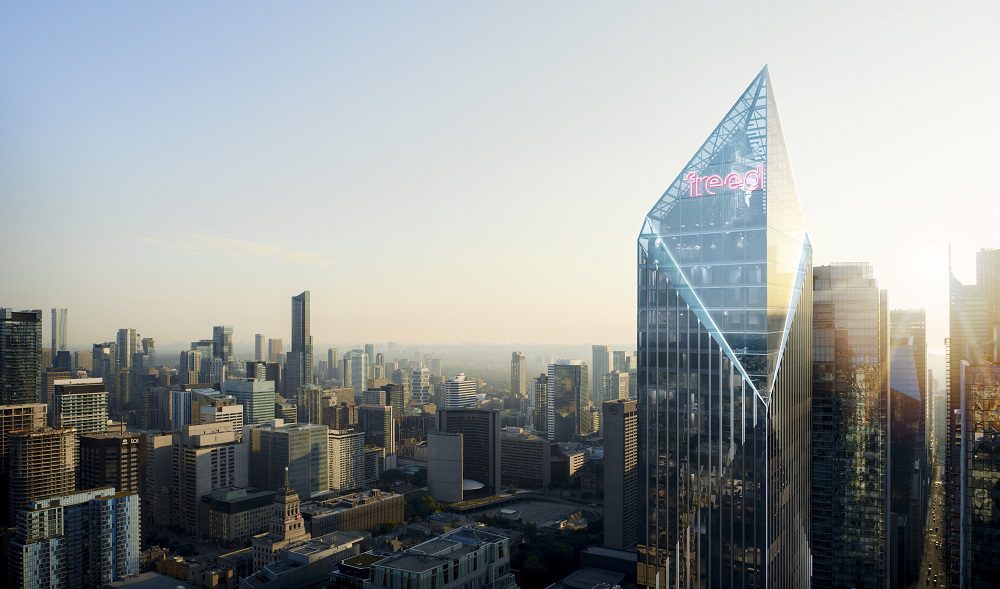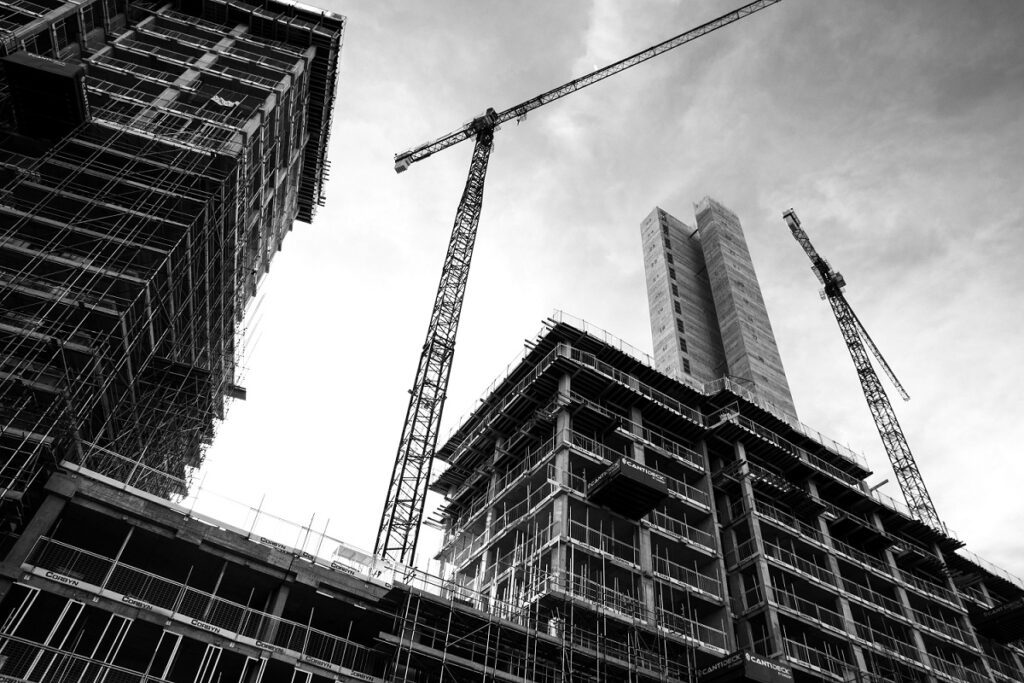Yesterday, I wrote a post about 160 Frederick Street and how FIVE almost identical condos are for sale at the same time.
The building is old and I suspect this is a major reason why units aren’t selling; or aren’t selling as quickly as the rest of the market in general.
Today’s buyers want, new, new, NEW! And when you really think about it – can you blame them?
When I wrote (read: bitched) last week about pre-construction and how the entire industry is faulty, unregulated, and risky, one of my readers commented that the reason buyers still gravitate towards these condominiums is because they are brand-spanking-new.
They’re so new, in fact, that they don’t even exist!
Why buy into a building that is one year old or two years old when you can buy something that is negative four years old?
I don’t consider that a valid reason to buy, but I digress…
It does, however, raise the topic of “age” of a building and how important this is to today’s buyer.
Quite often, I’m asked by my buyer-clients to read into my non-existent crystal ball.
They ask me things like, “Do you think that purchasing this condo will prove to be a good investment in eight to ten years?”
I feel like doing this:

Yes! The classic “I don’t know” shrug.
And that’s basically what I look like too…
Regardless of whether or not I can read into the future, I naively believe that on a long enough time horizon, any piece of real estate will make an excellent investment.
However, the question of age is a major factor when evaluating condominiums.
A buyer of mine was recently evaluating two condos: a new development of about 18 months old on Richmond Street, and a 25-year-old condo on Bay Street.
He asked me the same question that everybody else does: “How do you feel about these two properties in five years?”
This question was much easier to answer. I said, “Well, on the one hand, you’ll have a six-year-old building on Richmond Street, and on the other hand, you’ll have a THIRTY year old building on Bay Street.”
To me, there is no contest.
While I may see some value in older buildings as a Realtor, I really wouldn’t see any value as a buyer.
The price per square foot might be significantly lower in a 25-year-old building, but doesn’t that lower price factor in all the red flags?
Here are the major issues as I see them:
1. Style
From the exterior of the building, to the lobby, to the hallways – the style of a twenty or thirty year old building has long since come and gone!
If “Market Square” on Front Street could dress up and go out for a night, it would do its hair like this:

The building is very well-maintained, but it shows its age. The gold and/or brass handles all over the building just scream “80’s,” as do the carpets, and the multitude of solariums!
A well-run condominium will replace things like carpet every five years, but what about all the artwork? The entire lobby? The hallways? The facade?
Styles come and go in a matter of years, not decades!
An “old” style simply can’t fake it as new.
2. Layouts
Today’s condominium buyer wants an “entertaining space,” even if that condo buyer is a loser with no friends who entertains for his or her hamster every Friday and Saturday night.
Buyers are more concerned with “living space” than anything else in the condo, and that means the layout has to be right.
Unfortunately, galley-kitchens just won’t cut it anymore, and neither will the classic “Seinfeld kitchen” or the “short order chef” kitchen where you’ve got a wall of cabinets over the sink and a small look-through to the living/dining area.
Even when you renovate the old kitchen to “open it up,” the best you can do is this:

That’s not what people want in 2010.
People want open concept, and “flow.”
Twenty and thirty year old buildings seem to have more division between the rooms, and there are too many walls, too many hallways, and too much wasted space.
3. Maintenance & Repairs
Do you think there are more twenty-year-olds getting hip surgery, or more seventy-year-olds? There’s a reason, right?
By the same token, there is a reason that a twenty or thirty year old building will have to fix the roof, and a two-year-old building likely won’t.
Buildings will “settle” over time, and they shift and crack.
Your mechanical systems will need to be replaced; you know, the air conditioners, generators, and flux-capacitors…
The roof will start to leak, and the underground parking will need more than just a few patch-ups with poly-fila.
Sure, the reserve fund has probably been slowly accumulating excess funds for three decades, but the outflows are going to be significant in the next few years.
4. Outdated Systems
How would you like paying for electric heat in your condo? It’s like having a house with an old junky oil tank…
Twenty and thirty year old condominiums might still have electric heat instead of gas, and it not only costs more, but the baseboard rads are unsightly and take up space, much like hot-water radiators would in a house when compared to forced-air gas heating.
The alarm-system is ancient, for those of you that actually use the alarm in your condo.
The garbage chute probably doesn’t have a button for recycling, and I highly doubt they have one for organics.
How do you feel in that rickety old elevator?
5. “Cool” Factor
When “The Hudson” was first opened at King & Spadina, it was ultra cool.
The lobby had insanely high ceilings, and it was decked out with photos of famous Canadian celebrities, in addition to having an open library and a bevy of plush and comfy chairs. There was something so cool about The Hudson, and the prices of condos in the building skyrocketed as it became the most sought after destination in the King West area.
I know it’s silly, but new buildings have NAMES! I don’t put any stake into this, but a legion of young buyers do.
Old buildings have names like “Olde York” and “Market Square,” if they have names at all.
New buildings have names like “Victory” and “Murano.” Some even have punctuation in their names like “Sp!re.”
New buildings are cool and sexy, and old buildings are just…….old.
Are there other reasons?
Yes, about a hundred.
Of course, there is the other side to the equation too.
An argument could be made for older buildings on the basis of the lower cost, and the “quiet enjoyment.”
Okay, fine, I can’t sneak that last one in there – quiet enjoyment is a synonym for “old folks home.”
But the low-low price – that’s a good reason!
Me, well, I would never buy in a thirty-year-old building. Not in Toronto, anyways.
I know that in New York, the age of the building is a non-factor, and the most sought-after co-ops are decades old.
But in fair Verona where we live, er, I mean, Toronto, it’s hardly age before beauty…































MattO
at 2:26 pm
Sp!re reminded me of !xobile…Russell Peters ftw!
Smith
at 10:45 pm
We live in a 20 year old building – properly outfitted with a Solarium, nat, and plenty of brass and rickety elevators. That said, we have a 3 button recycling system, and normal temp control. And the price, even with maintenance, cannot be beat. To us, the crazy central location plus that was the selling point – who cares about the lobby? Our place looks amazing and that’s where we spend our time!
In other words… old over pre-construction any time!